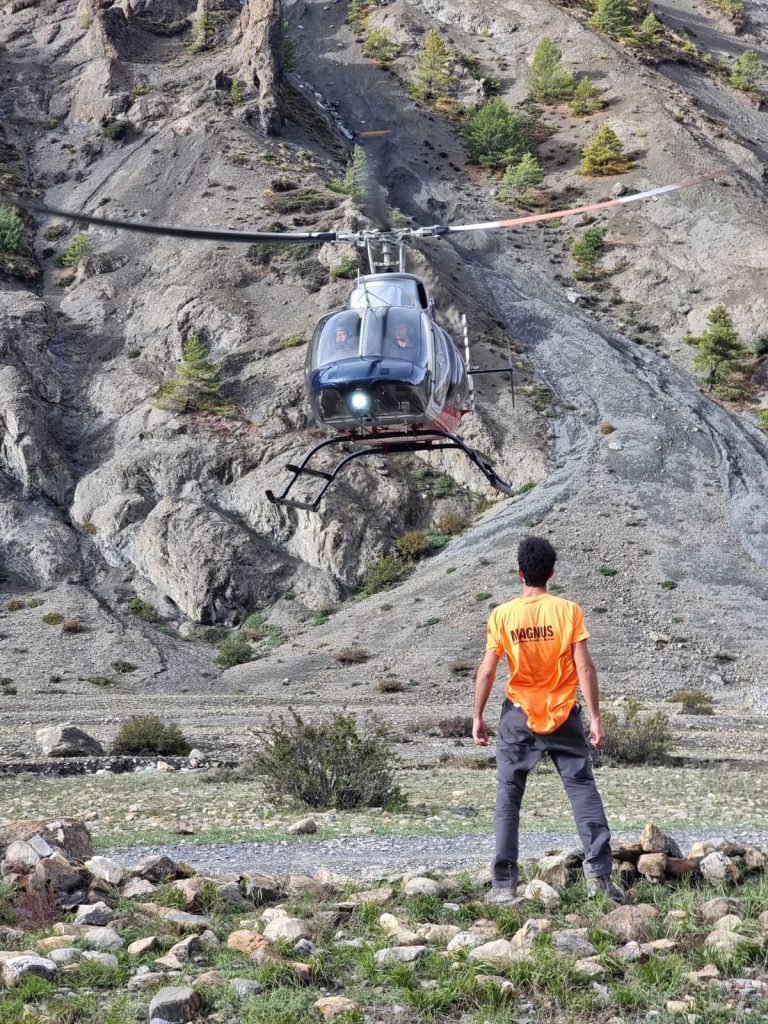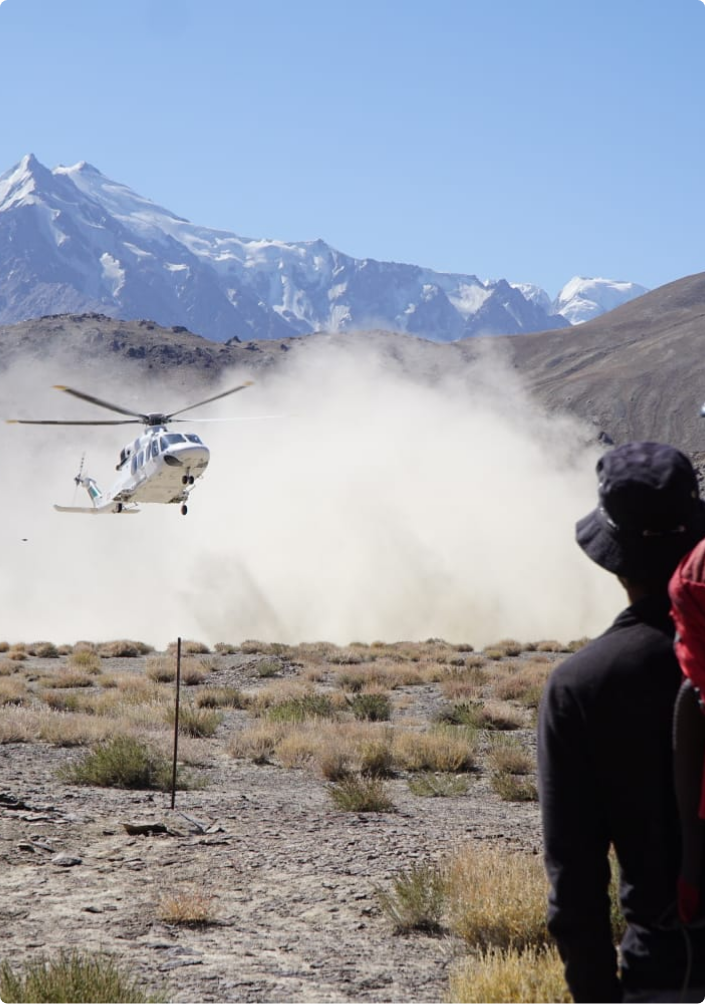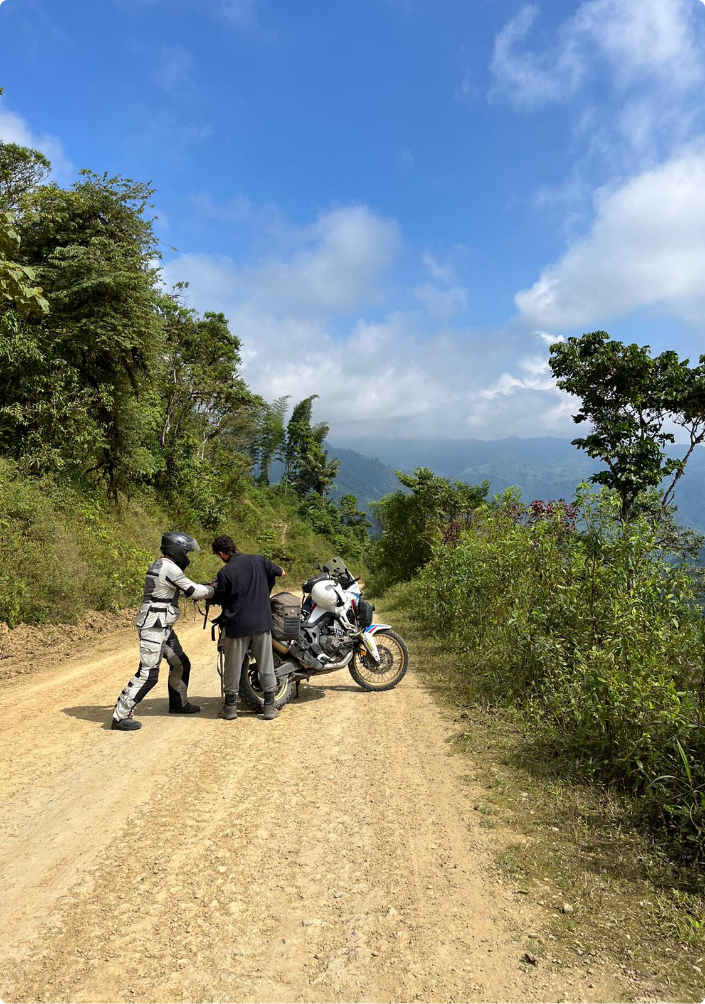The Tragic Ascent of Alpamayo: A Risky Search Amidst an Avalanche
- The Alpamayo is a mountain in central Peru, rising to an altitude of 5,947 meters above sea level. The mountain is part of a ridge called "Cordillera Blanca" ("White Range"), which is part of the Andes Mountains. It is located within the boundaries of Huascarán National Park.
- The peak of the mountain has a distinct pyramid shape, made of ice, with a slope of about 60 degrees. Due to its beauty, Alpamayo was declared by UNESCO as the "most beautiful mountain in the world" in 1966.
- Alpamayo is considered one of the popular peaks for mountaineers worldwide, partly because it is constructed like a massive ice wall of about 400 meters in height. Mountaineers from all over the world come to climb this wall.
- There are different climbing routes on the mountain, and it is known to be particularly challenging and even dangerous. Climbing Alpamayo usually begins around midnight and ends around 2:00 PM.
In the moment of this tragic event, several groups of mountaineers from around the world were in the midst of climbing to the top of Alpamayo, along with Peruvian porters and Argentinian climbing guides.
The development of the event on the mountain
The first group that set out to climb the mountain consisted of two male climbers. They reached about halfway up the wall on their way to the summit when one of them began to experience severe symptoms of altitude sickness.
The two decided not to continue to the summit and descended to their camp. On their way down, they met two more groups of climbers who had made their way up to the summit.
The first group returned to their camp and went to sleep in their tents. After about 10 minutes, they were awakened by the sound of a snow avalanche rushing down from the wall. After the avalanche quieted down, they heard shouts of “help, help” coming from within the snow that fell in the avalanche. The climbers went out to search and found a female climber lying on the slope in a state of hypothermia. The climbers pulled her into their tent, but after about 15 minutes she passed away.
The climbers descended from the mountain to call for further assistance.
Local search and rescue units arrived in the area and recovered seven more bodies of climbers who had fallen in the avalanche.
The local Peruvian Search and Rescue units found the bodies of climbers 1, 2, and 4 (four climbers were connected by the same rope, meaning climber number 3 was missing).
Later, an Argentine mountaineering team arrived to specifically locate the third missing climber. The Argentine mountaineers spent three days searching for the third climber (as the Peruvian unit did not find him) until a storm broke out on the mountain and they had to descend.
the call to magnus
At this point, a team from MAGNUS (2003) was called in for their expertise in locating missing persons in extreme conditions.
The specialized team flew from India (as they were in that time in trainings in India) to Lima, and from there to Huaraz. Upon arrival in Huaraz, the MAGNUS team received a briefing from the local units on the mountain.
Preparations, research on the case and the terrain, learning about the Peruvian and Argentinian unit’s work that had already been done, and an assessment of the situation lasted for three days.
The mission included 42 MAGNUS team members, half a ton of rescue equipment, and additional camping and food equipment.
Stage 1: Climbing the Mountain and Searching for Climber No. 3
The journey to the summit began with departure from Huaraz (elevation 3200 meters) and included four days of hiking and climbing in altitude to the base camp at Alpamayo (elevation 5700 meters) in an area covered entirely with ice and crevasses.
Due to the snow avalanche, an enormous crevasse was formed at about half the height of the ice wall at the summit of the mountain. Crevasses are deep chasms formed in glaciers. Most crevasses have trapezoidal shapes, and their width increases towards the glacier’s edges. Crevasses usually have very steep walls, almost vertical, and they reach depths of tens of meters.
After the team climbed the ice wall and reached the main crevasse, the team members, led by Hilik Magnus, decided, based on the terrain readings and situation assessment, to dig deep inside the crevasse to conduct a thorough search.

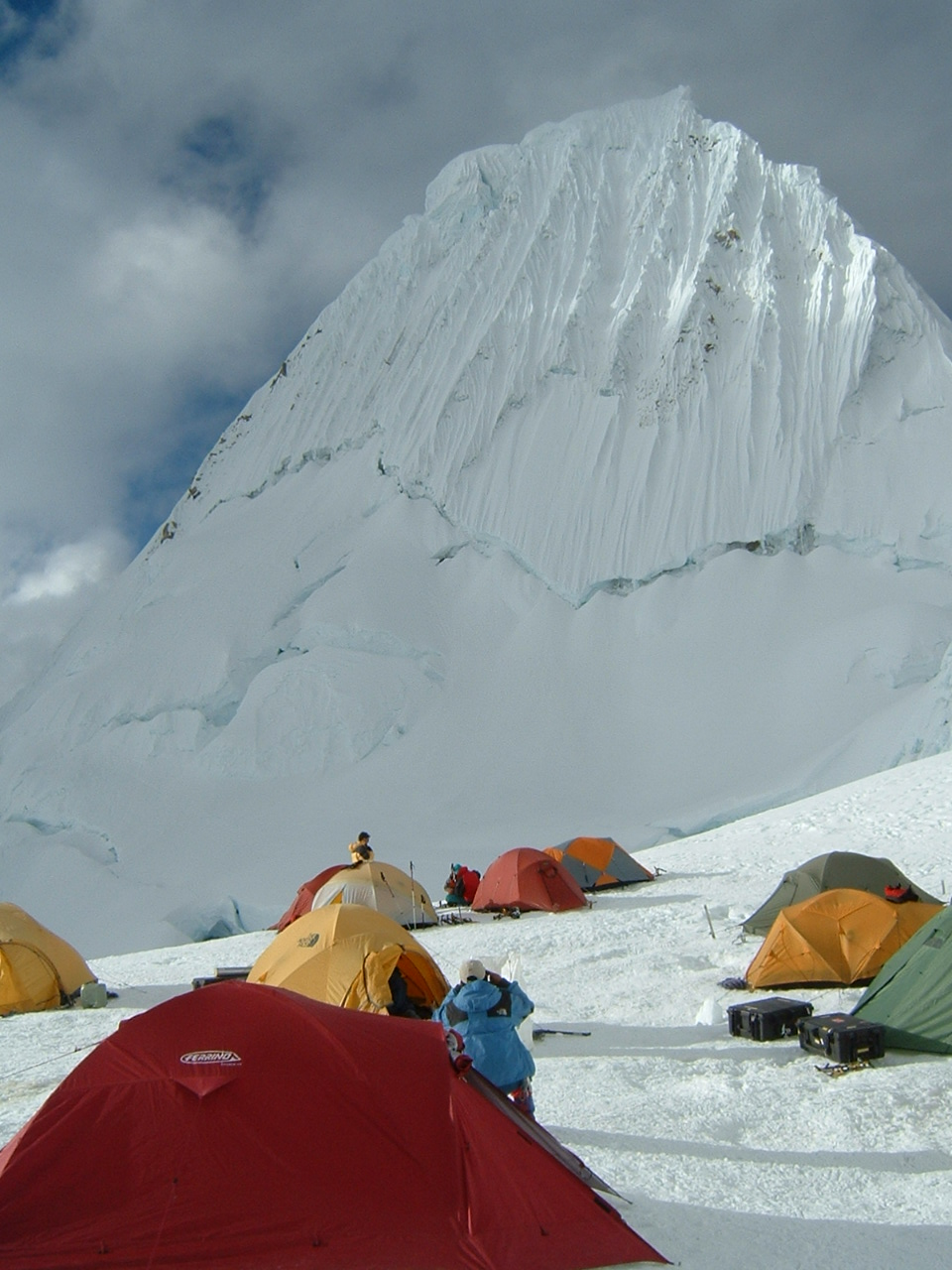

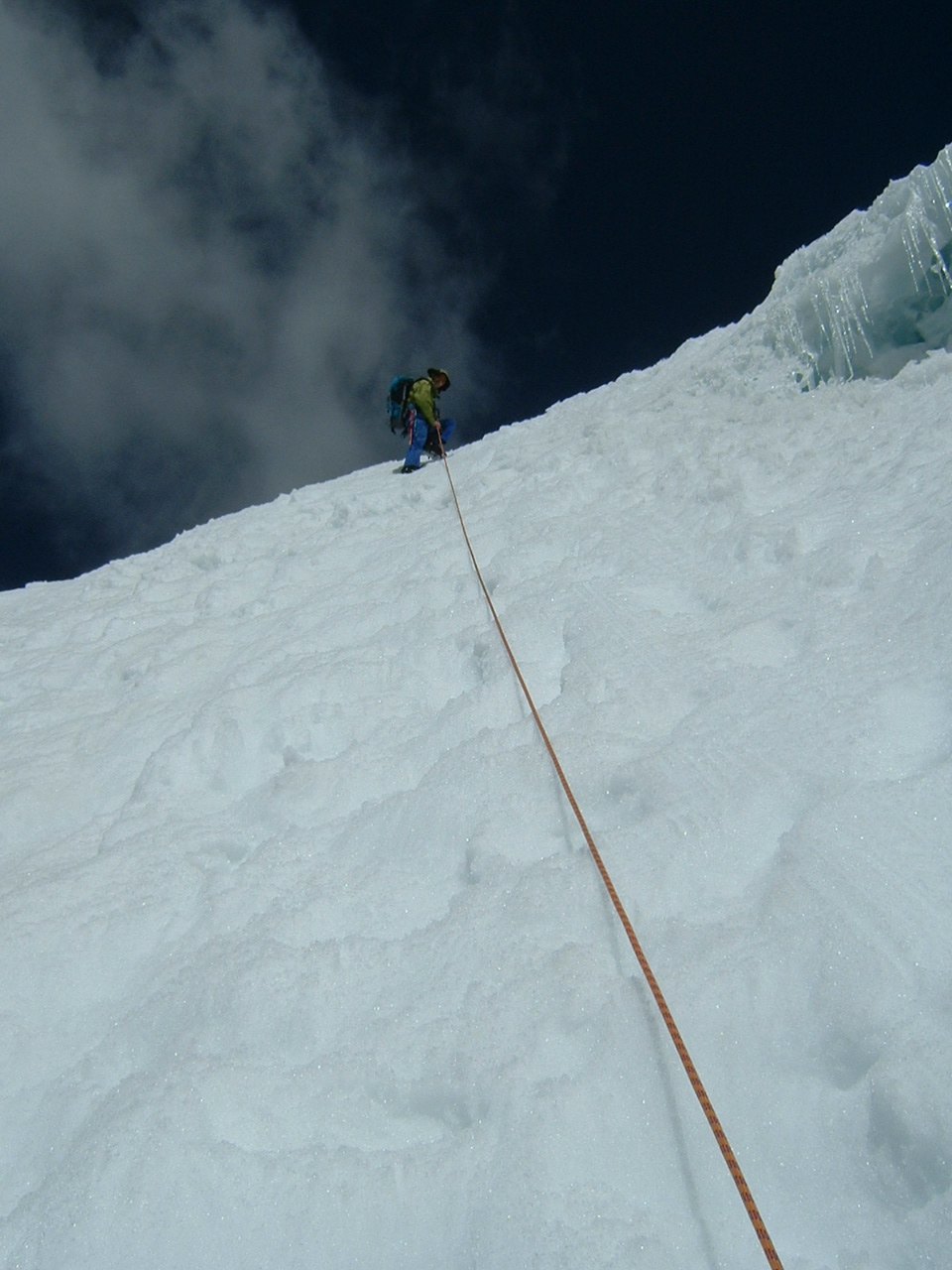
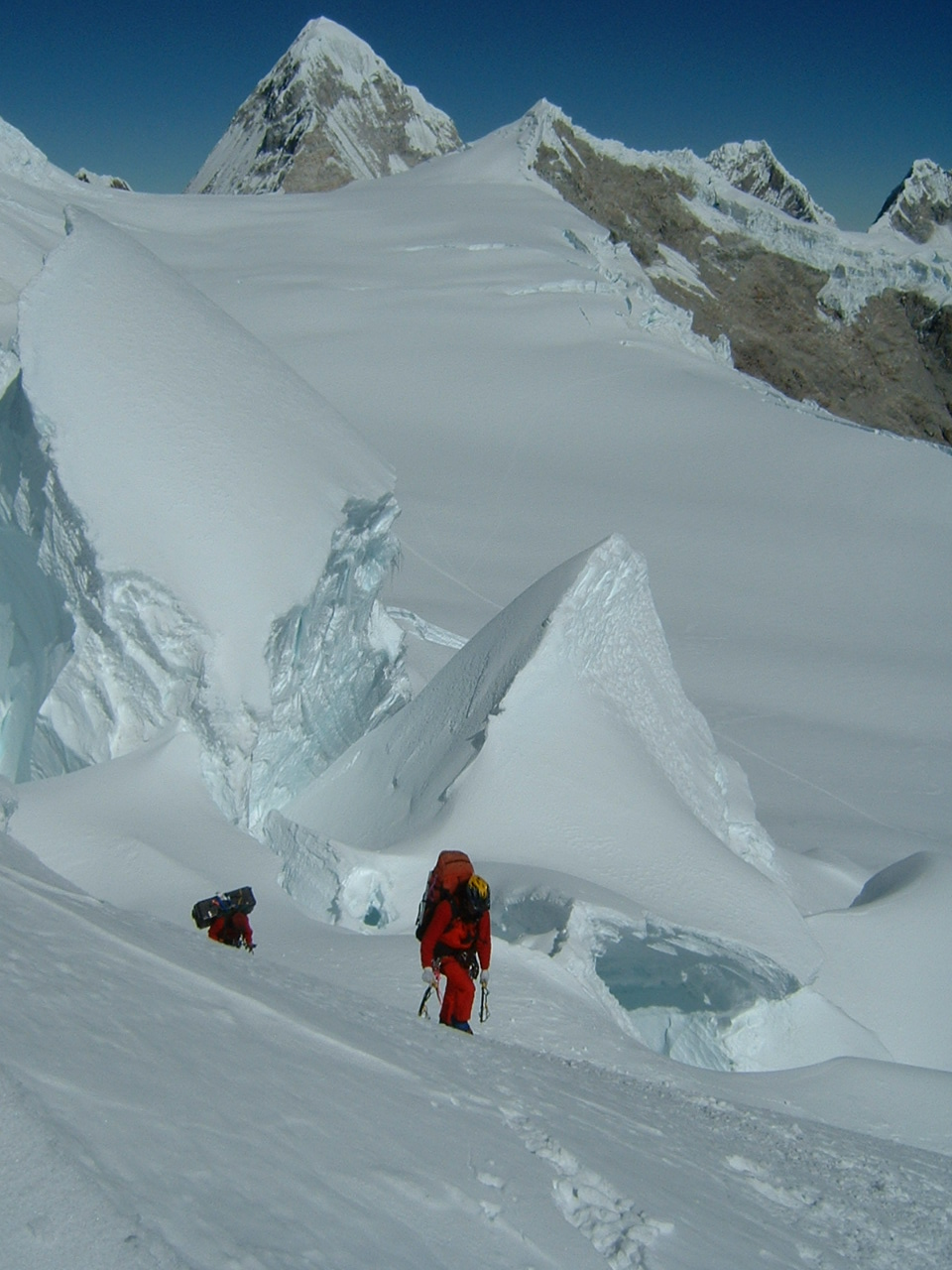
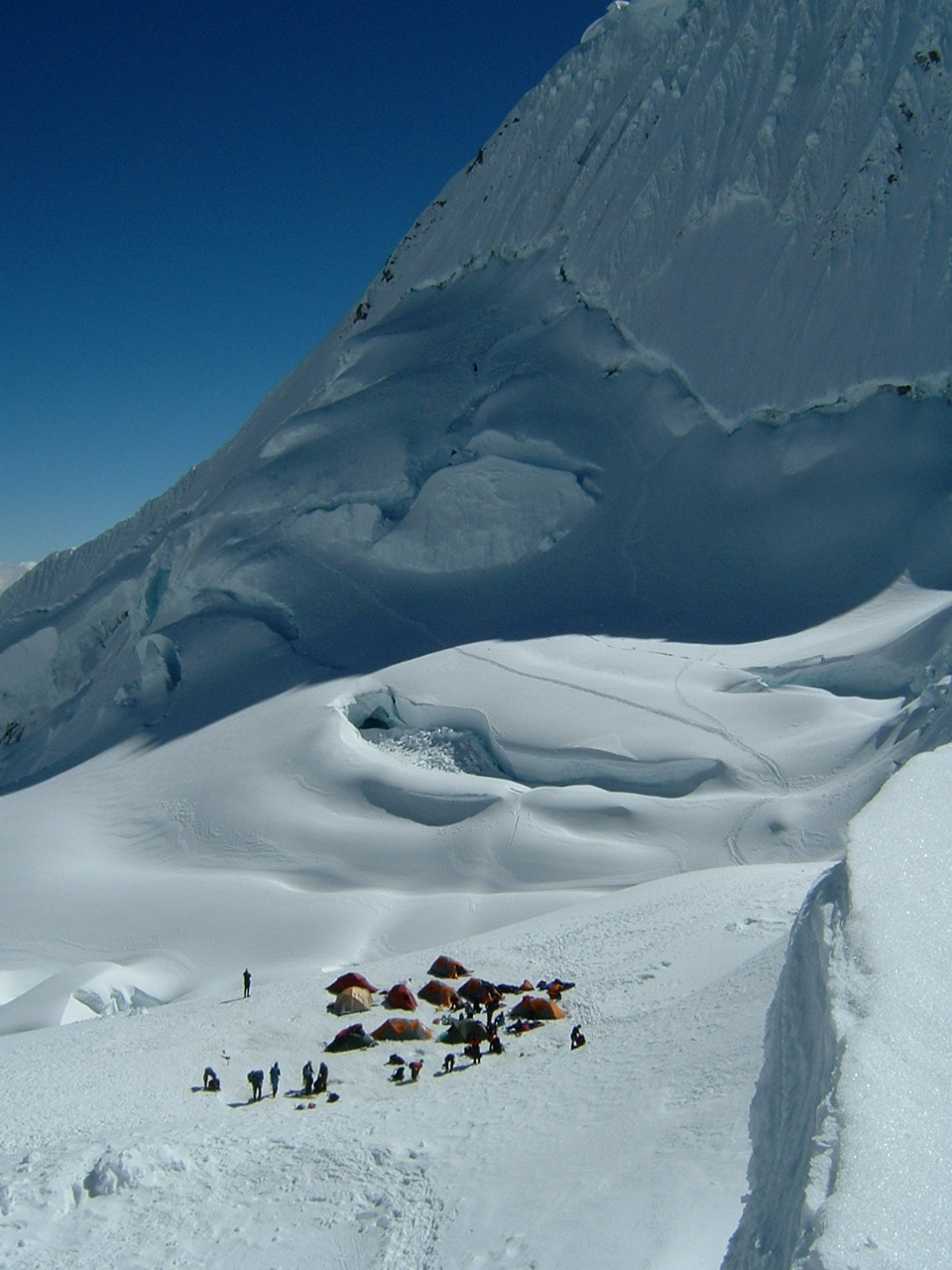
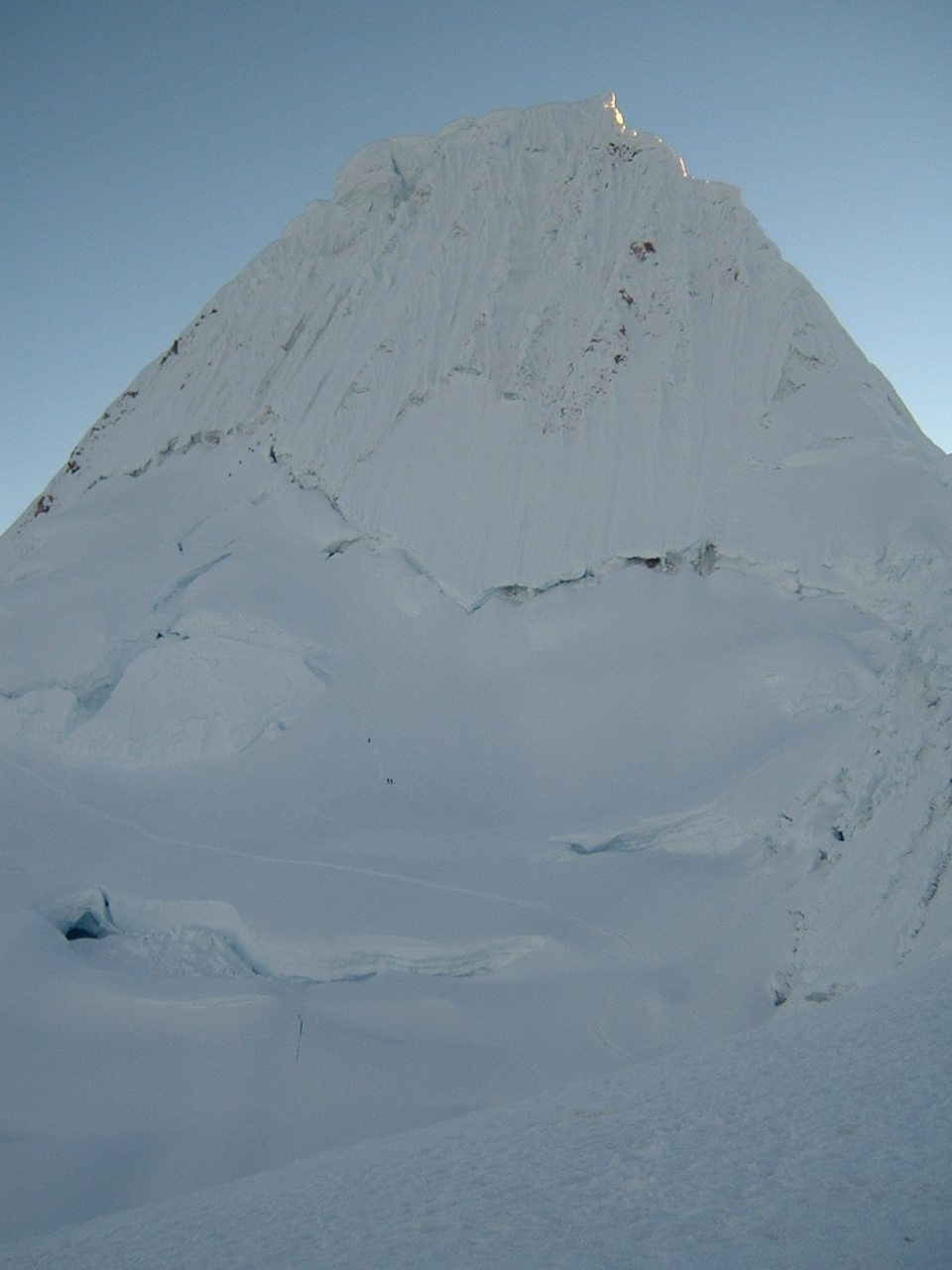

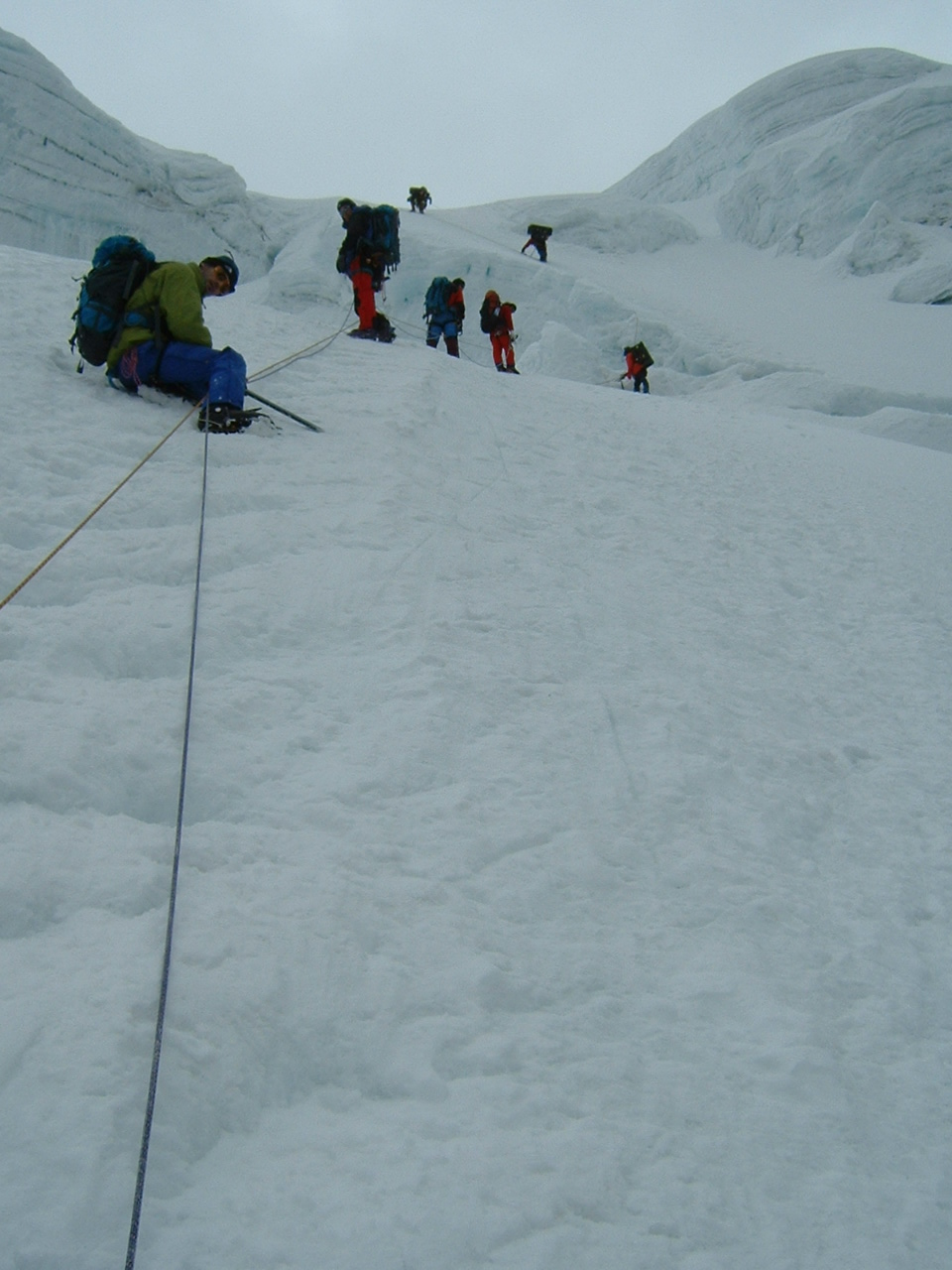
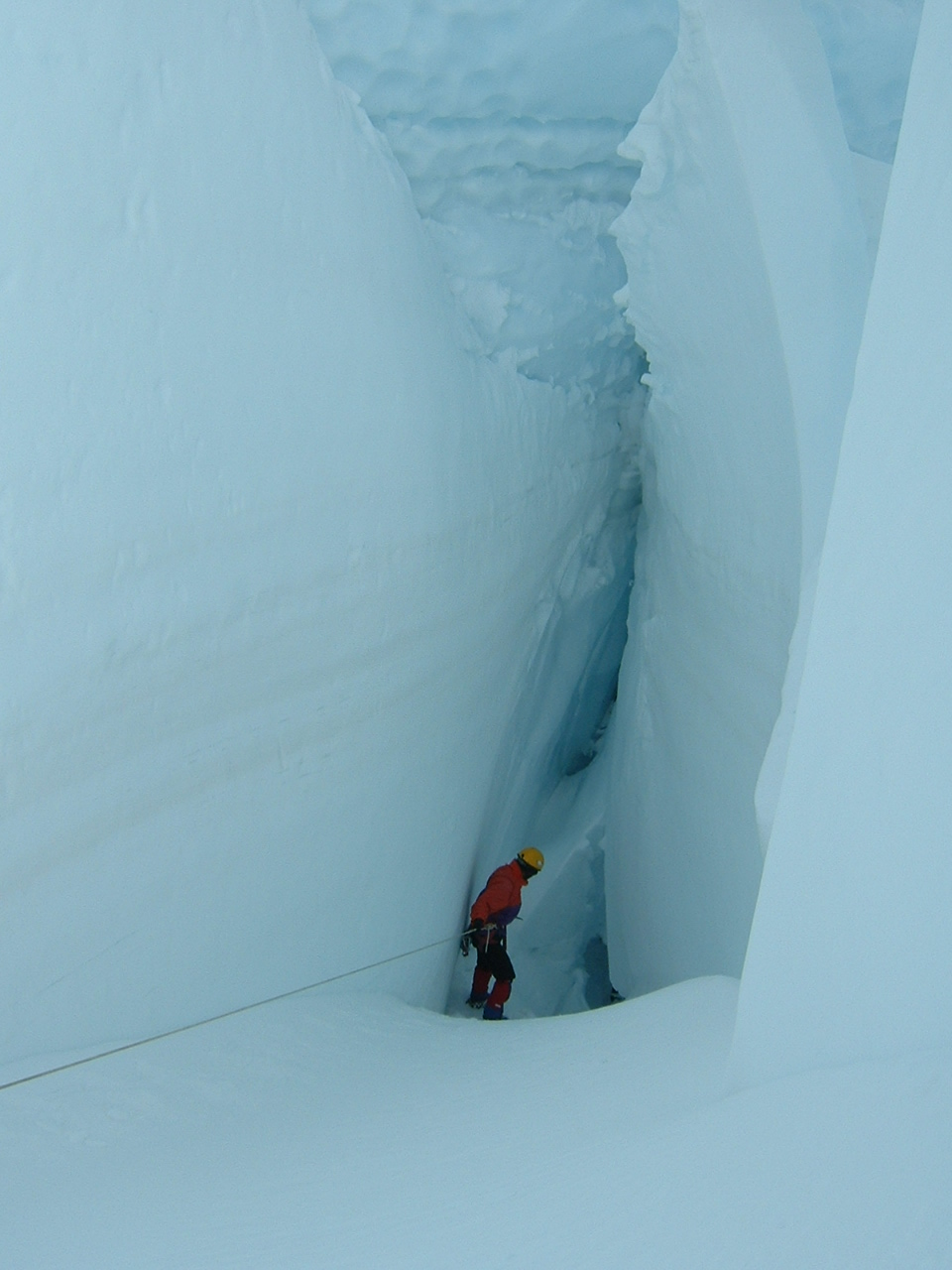
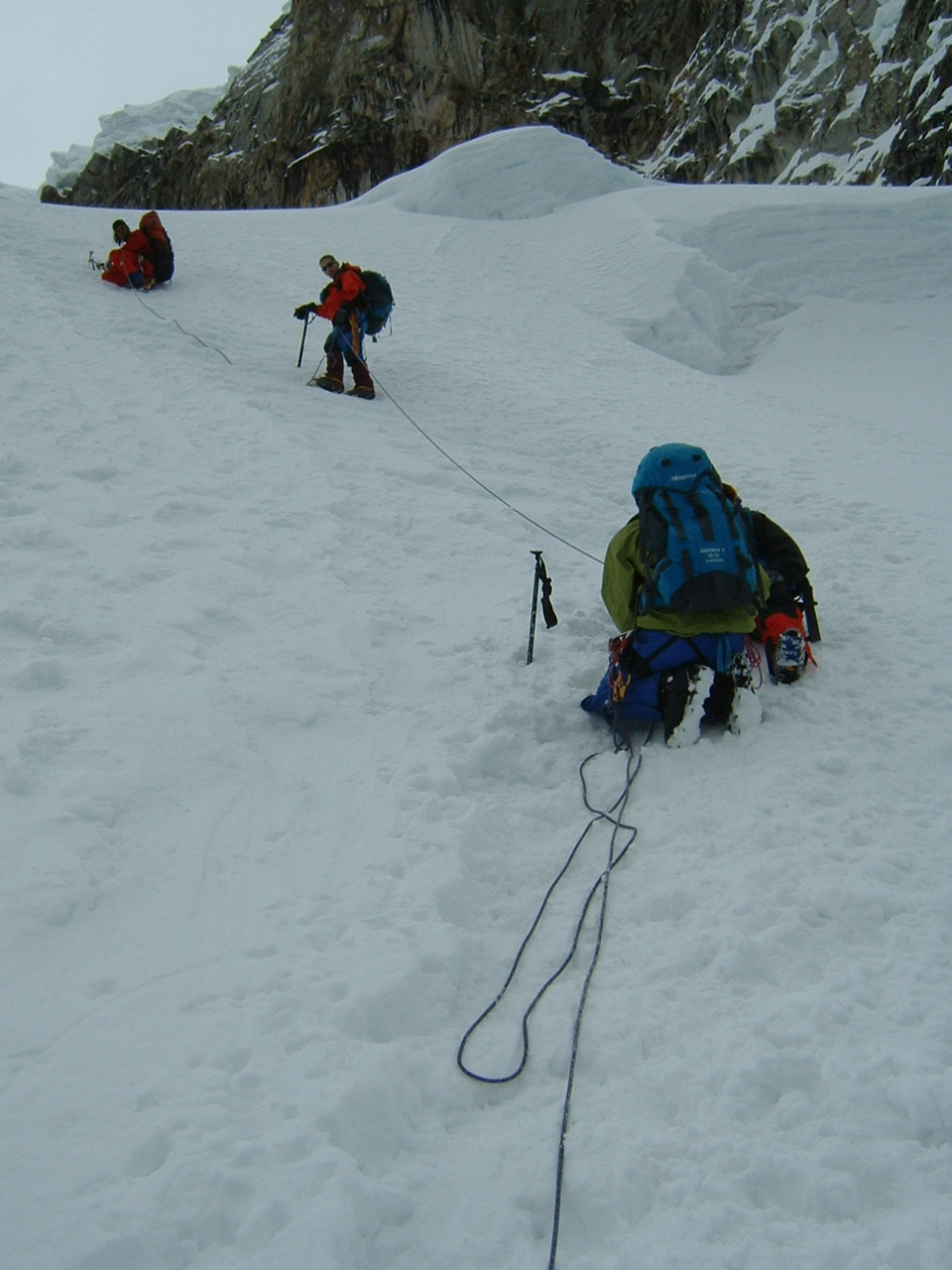
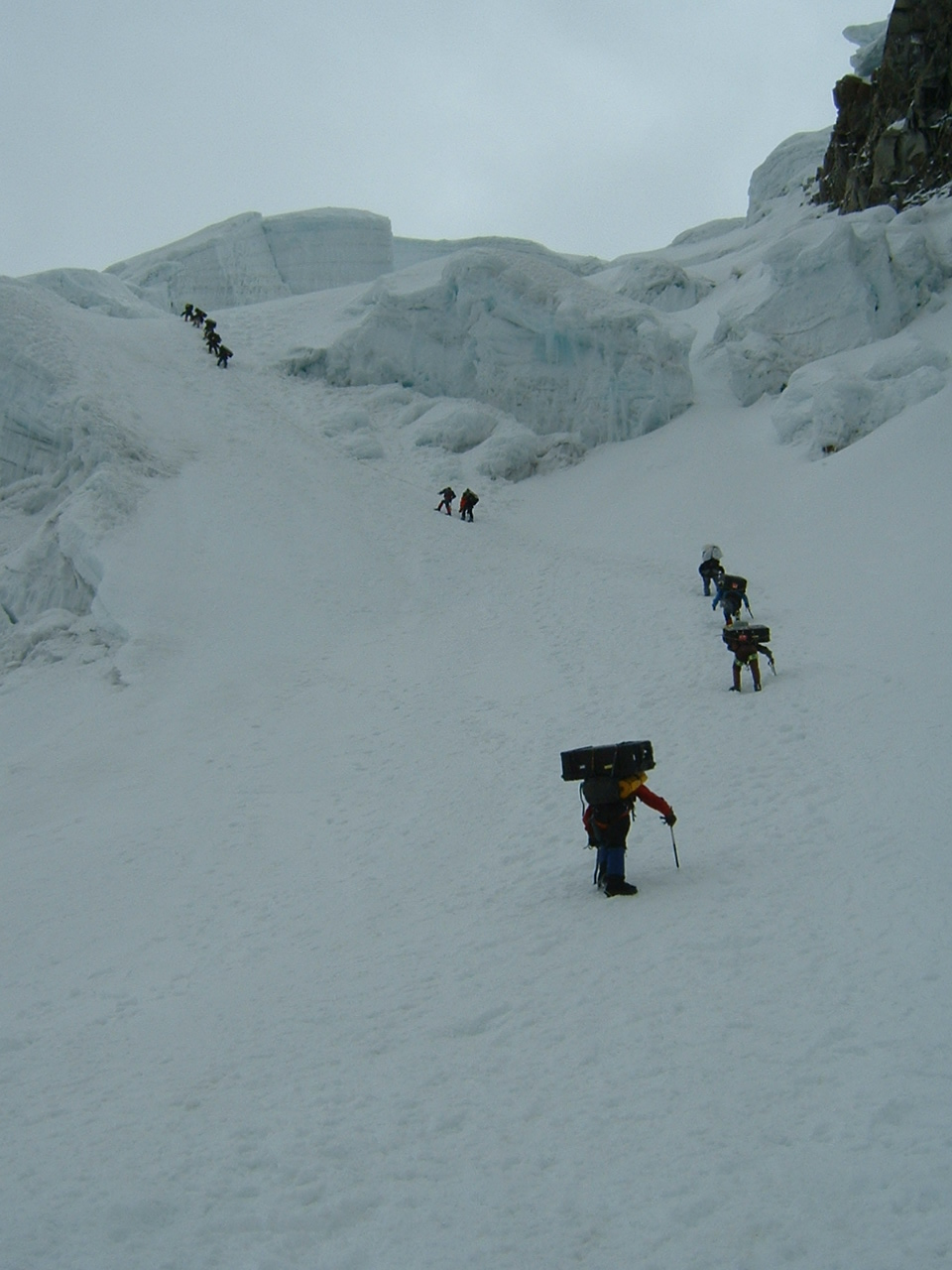

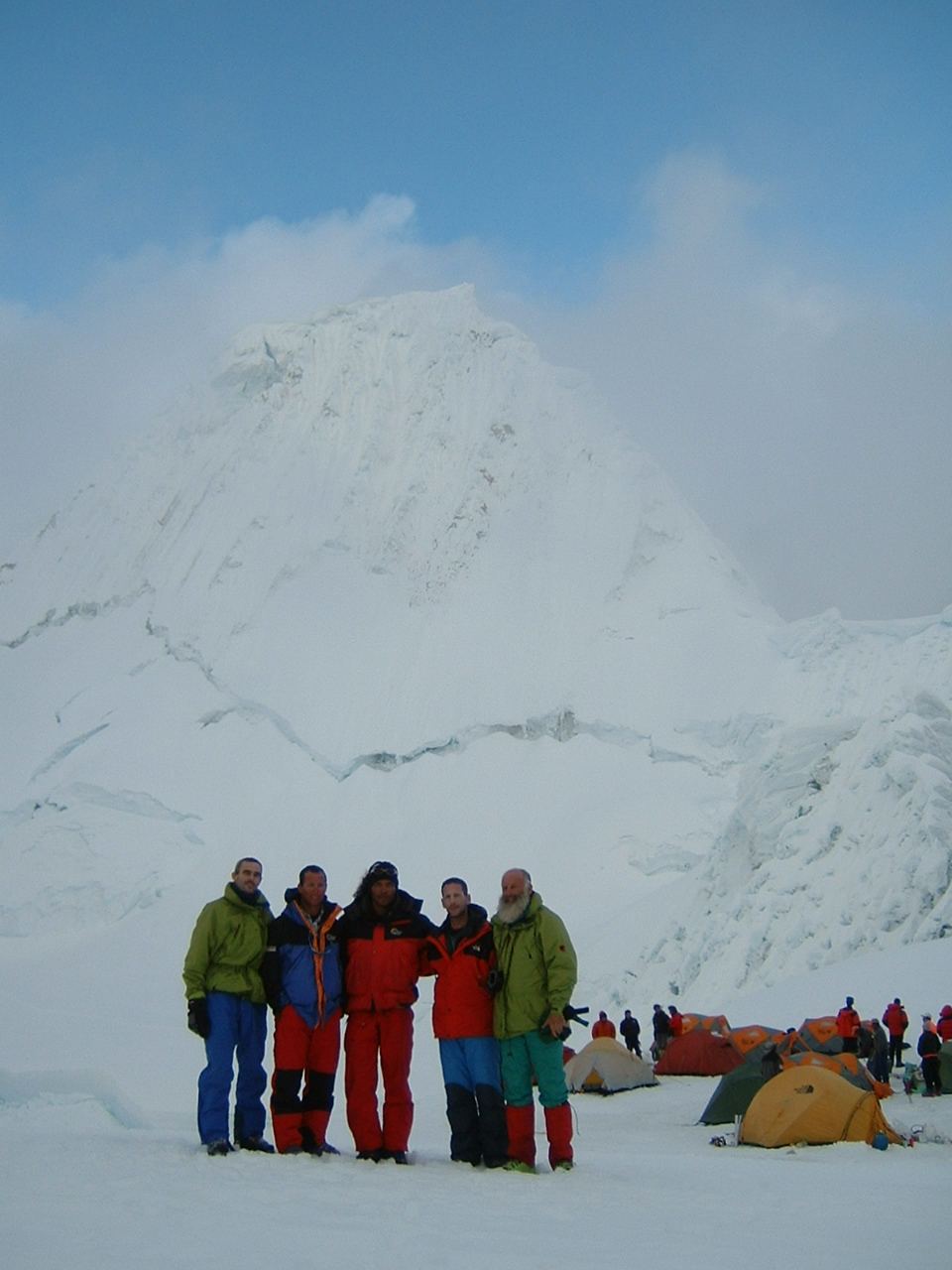
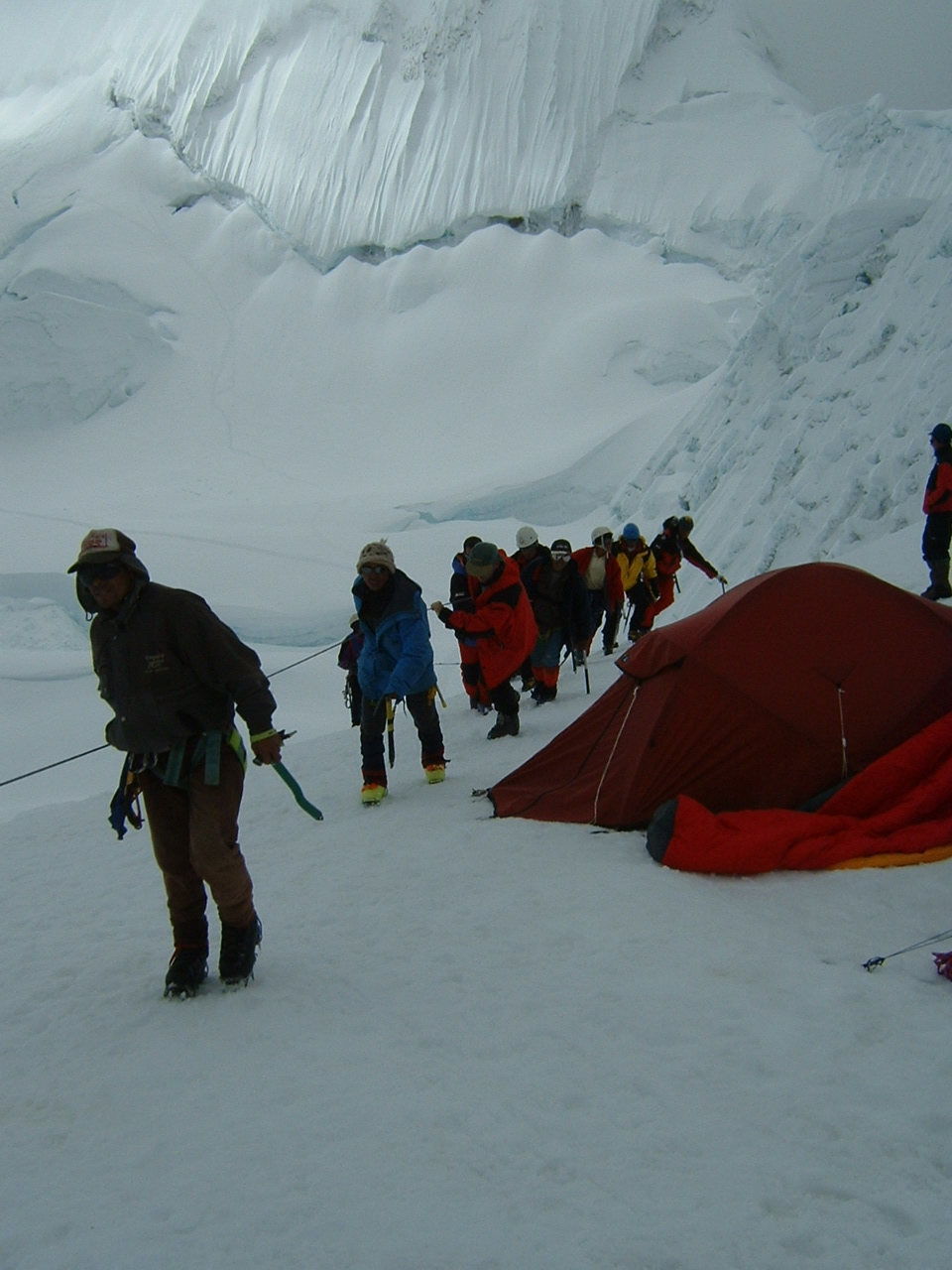
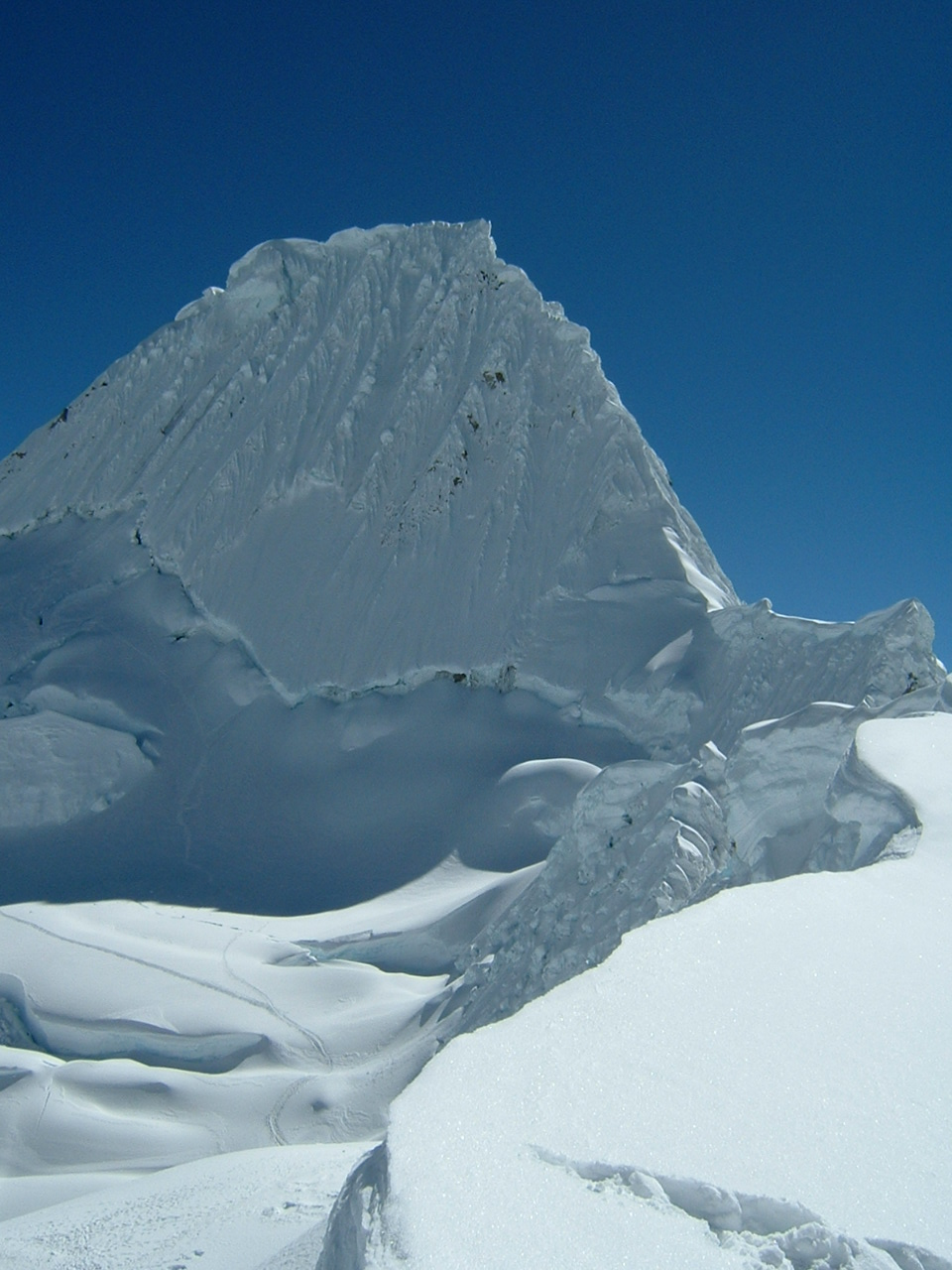
To successfully stand in the crevasse, the team members had to dig into the ice and discovered that they were standing on ice that had fallen from the wall, not consolidated ice. In other words, they realized that they were standing on ice fragments rather than a solid and resistant ice wall.
The team concluded that they were standing on the debris that fell from the wall.
Thanks to previous information received from the local Peruvian forces, in which the exact locations of each of the remaining climbers (Climbers 1, Climber 2, and Climber 4) were provided, the MAGNUS team was able to approximate where the third hiker should be.
Inside the crevasse, the team leader made the decision to dig into the snow at a 90-degree angle to the fallen rope’s direction, assuming that this would be the quickest way to locate the climber’s position within the ice.
After excavating from both sides of the crevasse, the team identified the hand of Climber no.3
Stage 2: Retrieving the Body of Climber No. 3

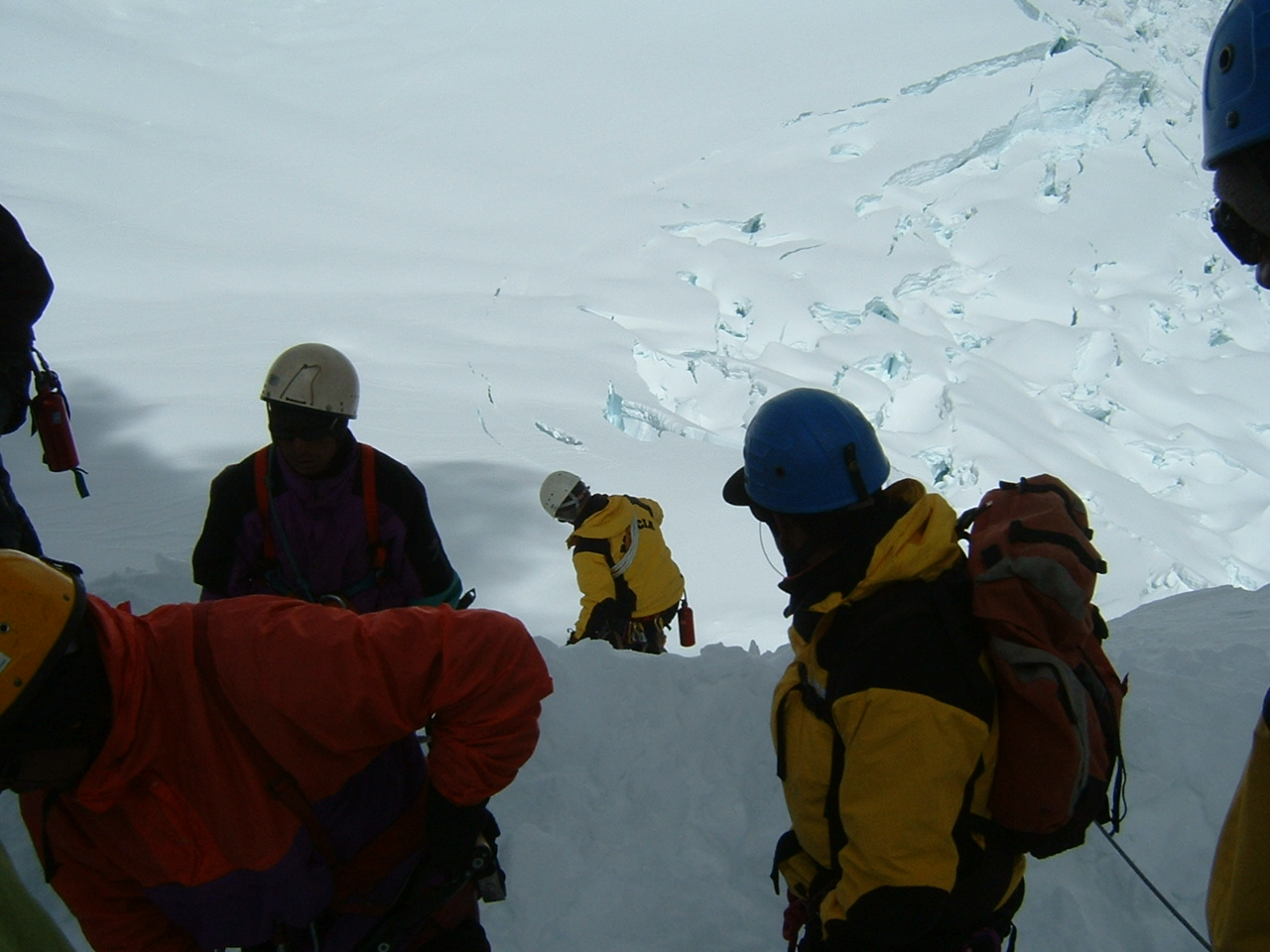
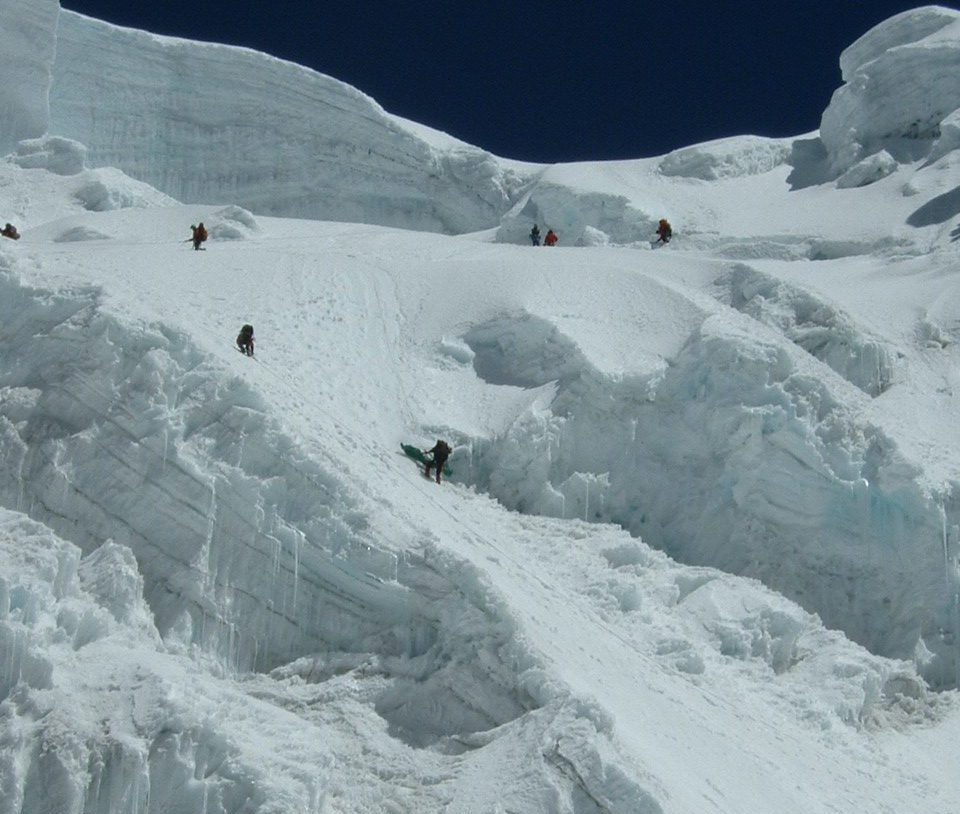
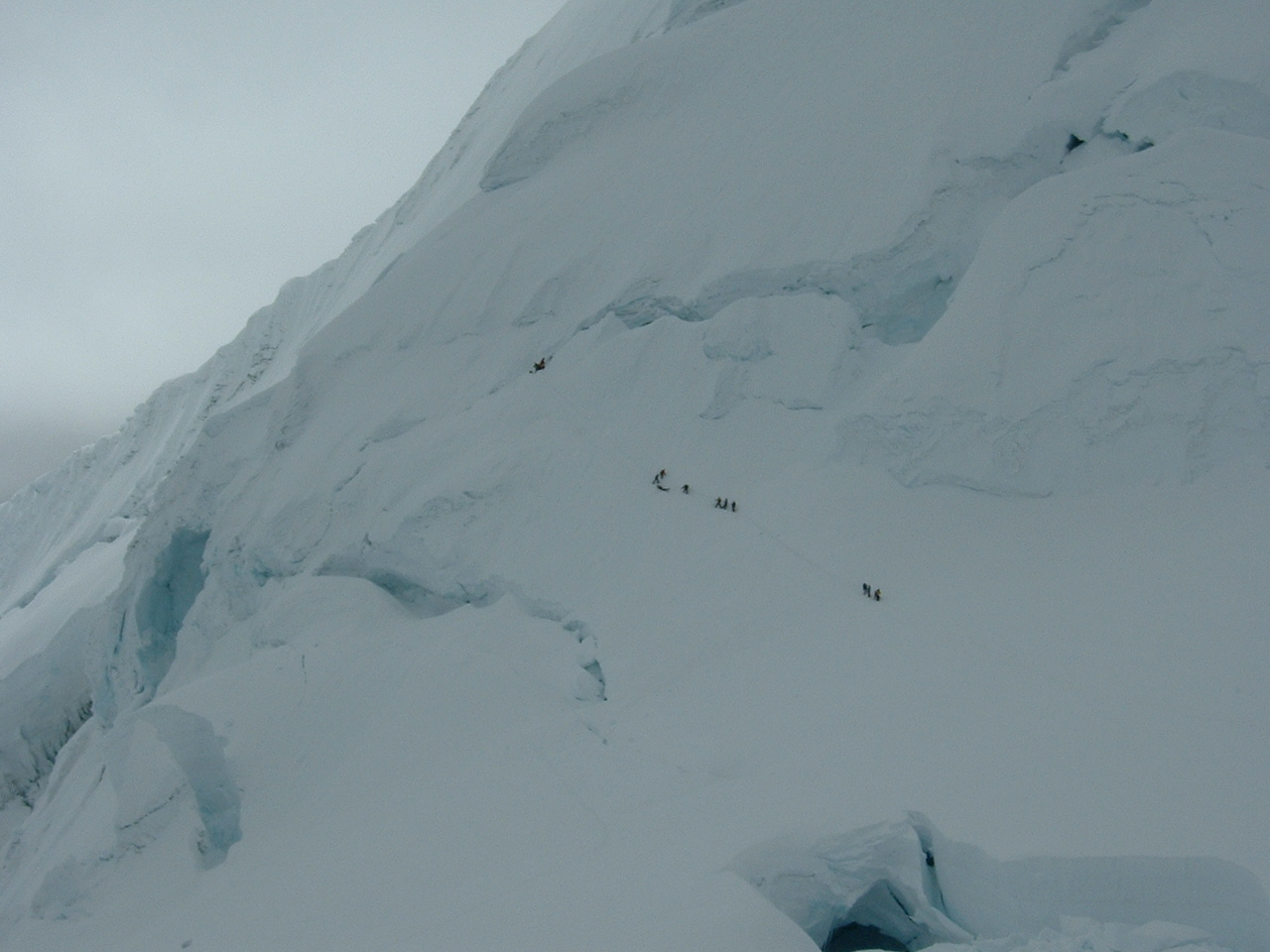
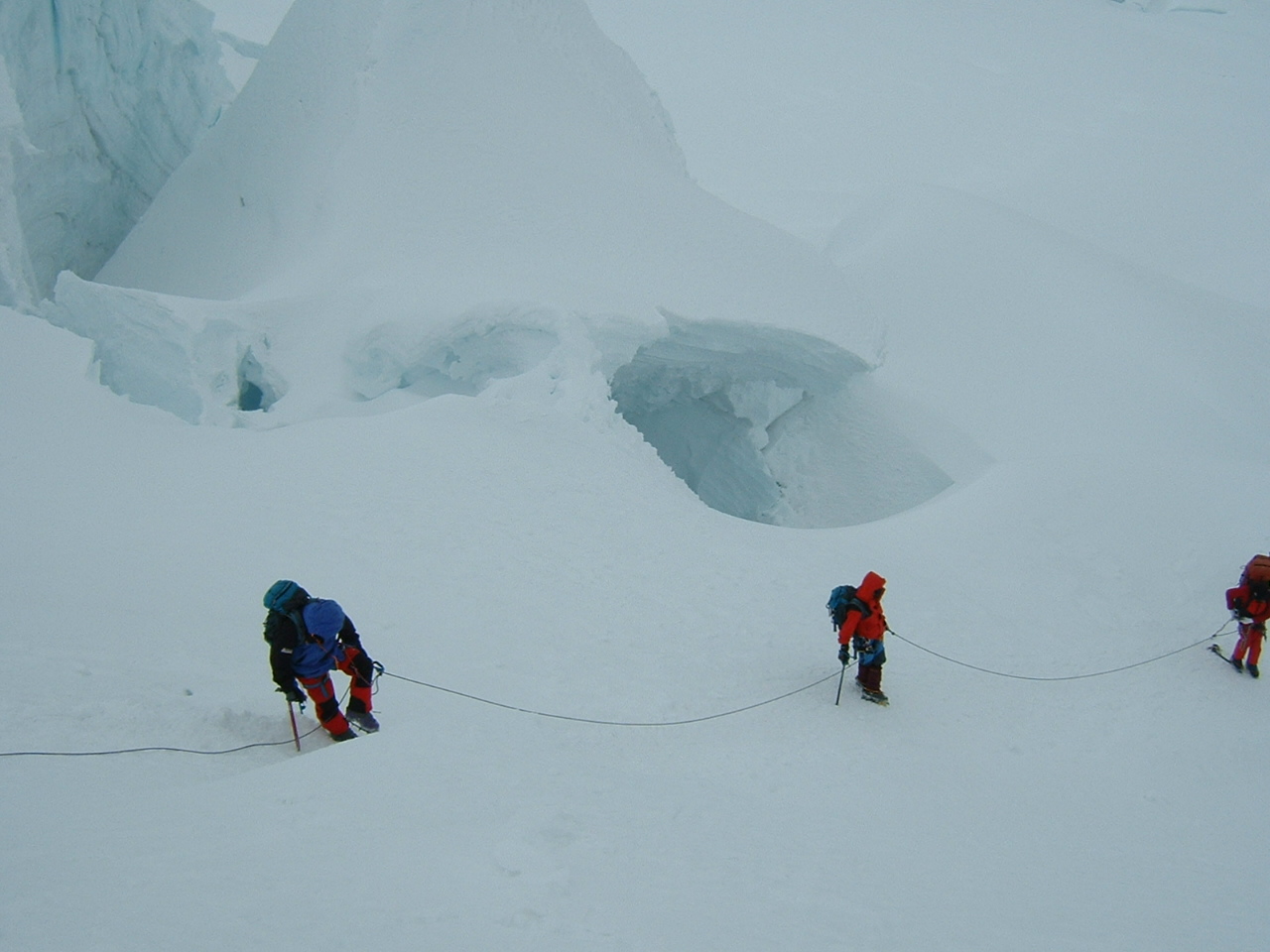
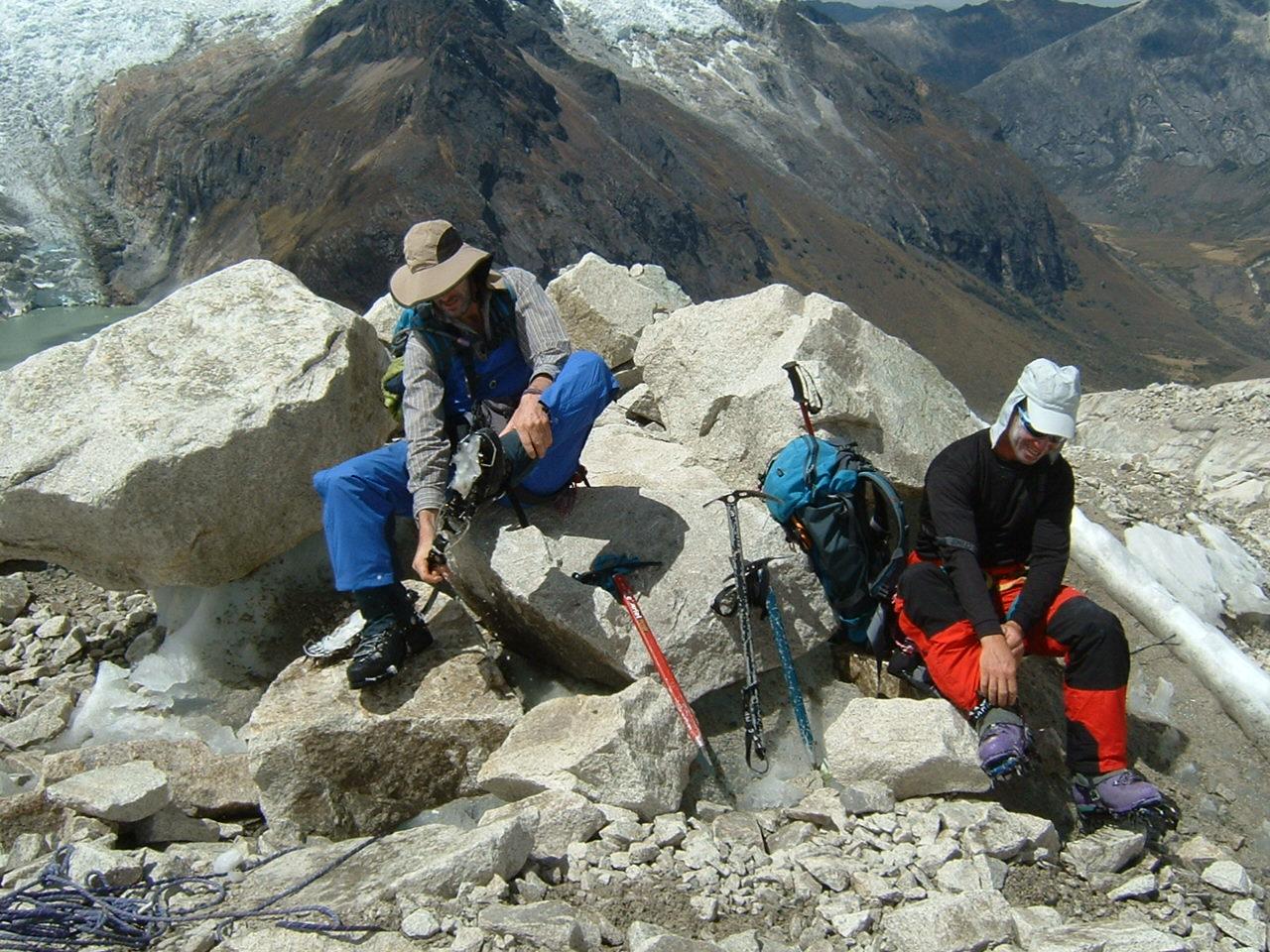
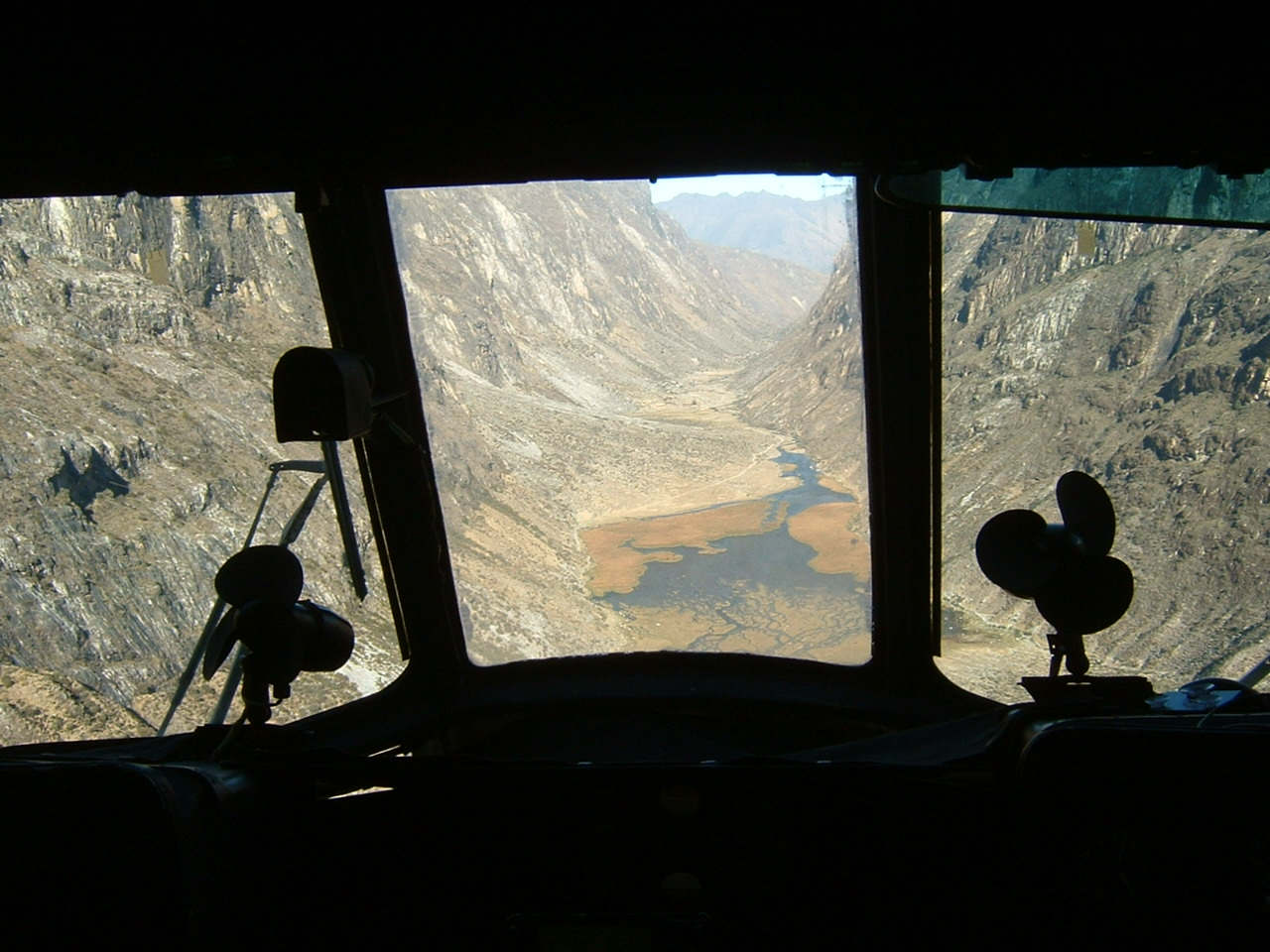
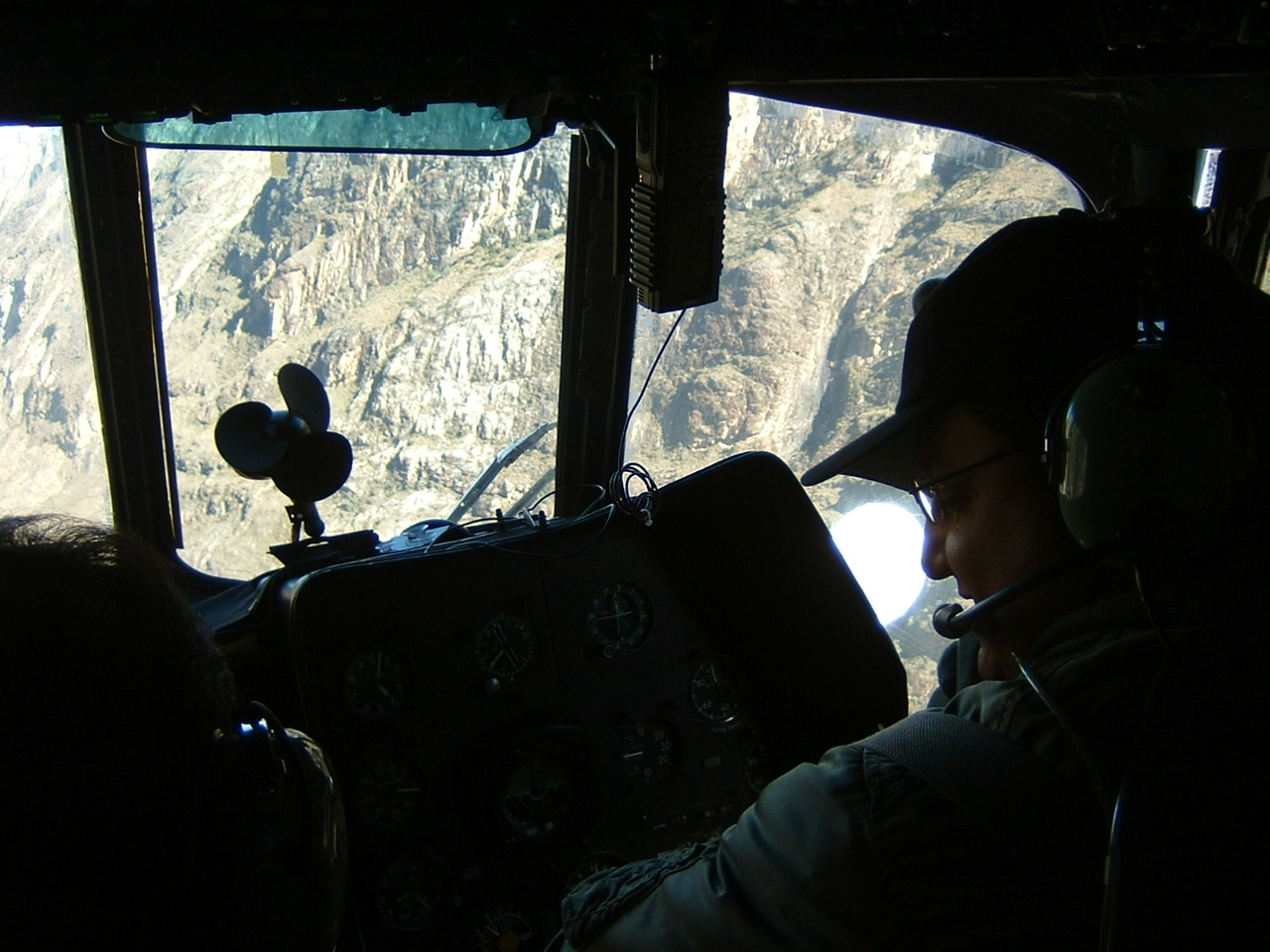
The retrieval of the climber took about 4.5 hours.
The climber, who was 1.95 meters tall, needed to be hoisted from outside the ice. Along with his climbing equipment, his total weight was 135 kilograms.
It took about another day and a half to lower the body down to the base camp at the foot of the wall.
The final evacuation was carried out by a Russian helicopter, and representatives of the local Jewish community in Peru were present during the helicopter flight.
Note: The actions described are for informational purposes only and should not be attempted without proper training and experience. Climbing into a crevasse or ice wall can be extremely dangerous!
TRACK THE
MISSION
Use the mouse wheel to zoom in and out on the dynamic map
You can also open the map in a large view in a new tab
The rescue team
More
Case Studies
